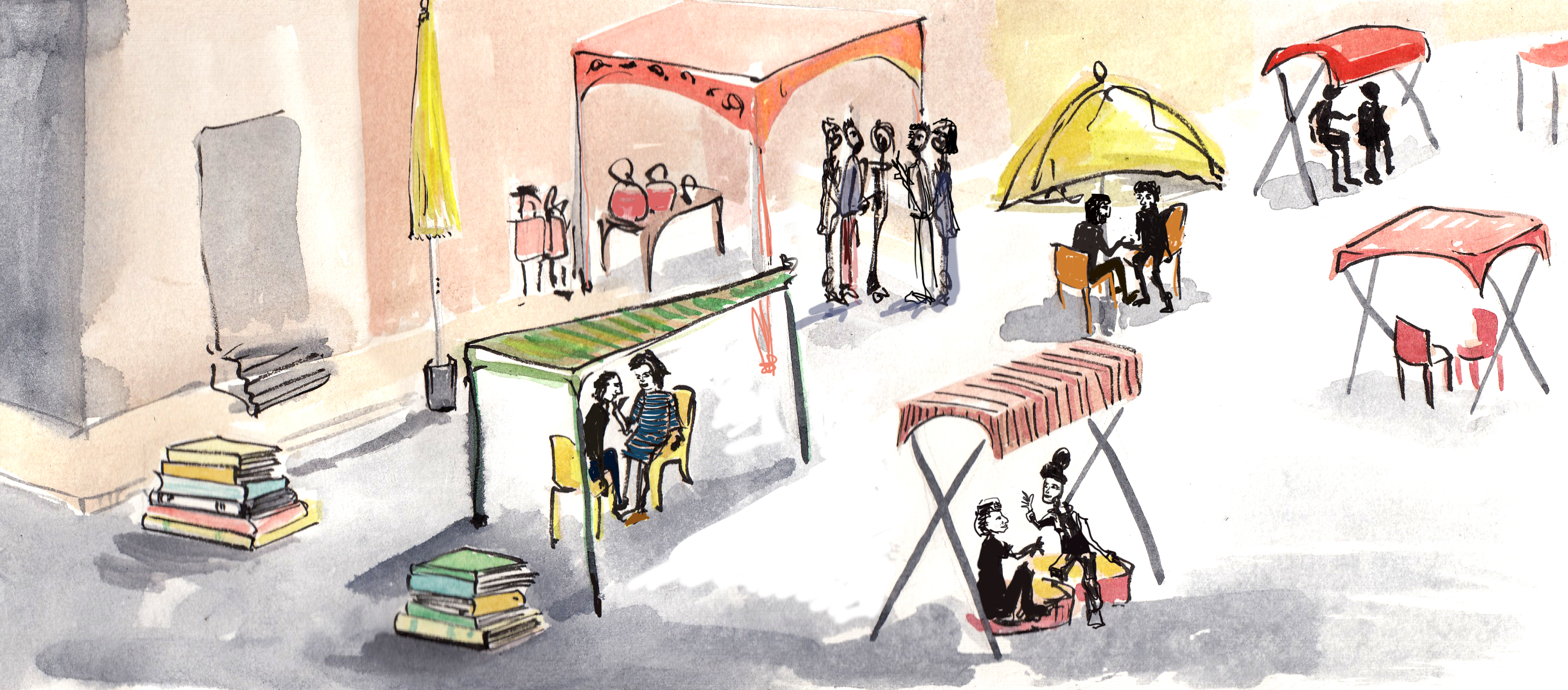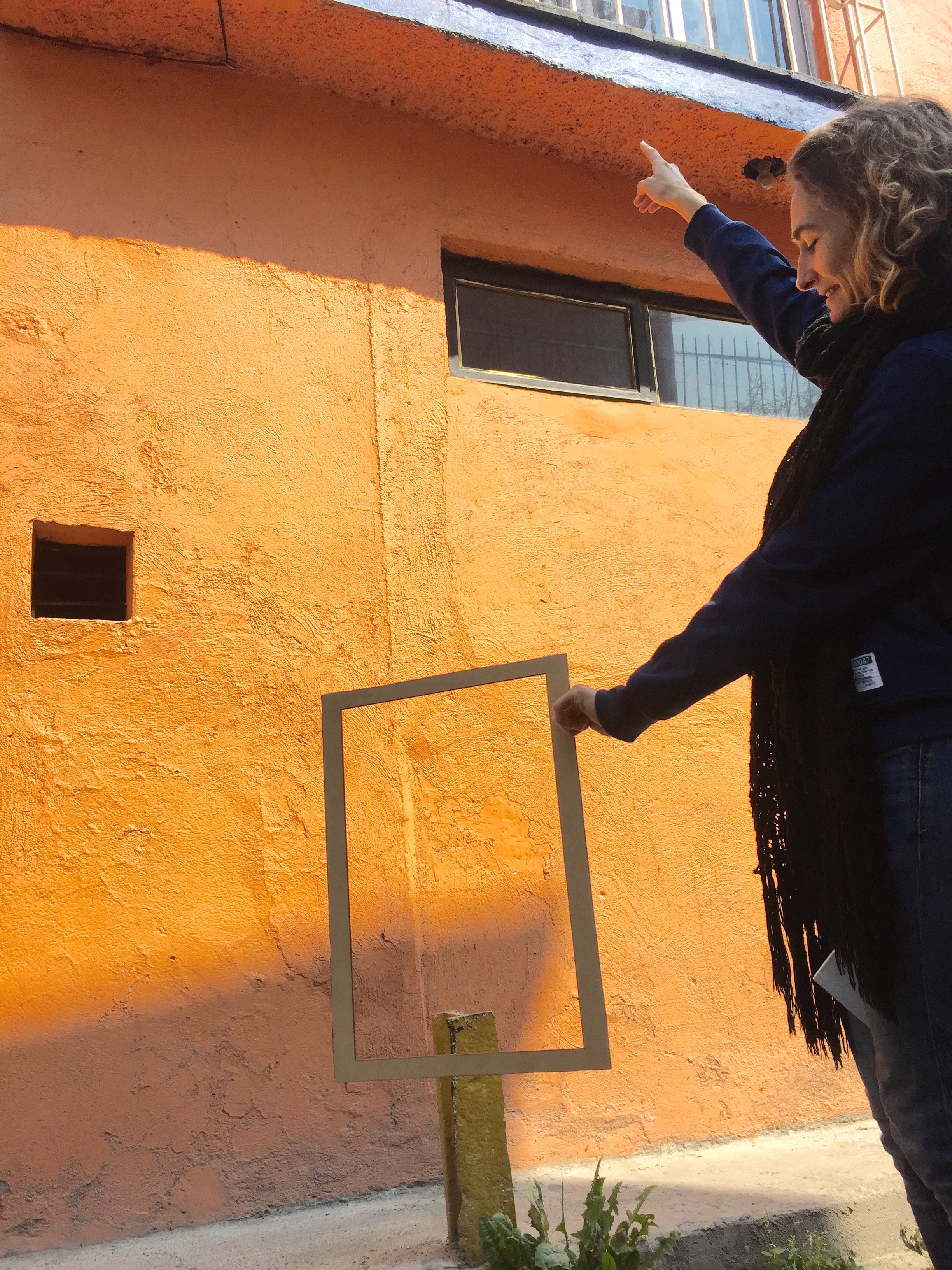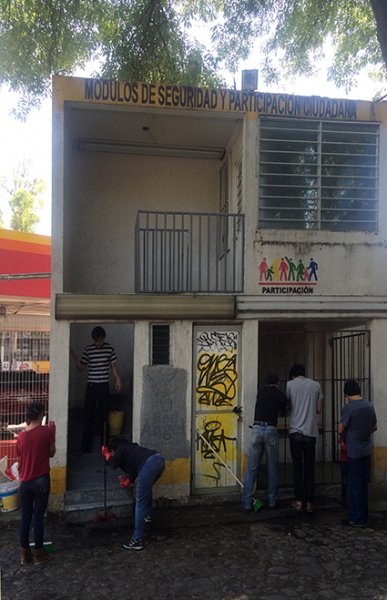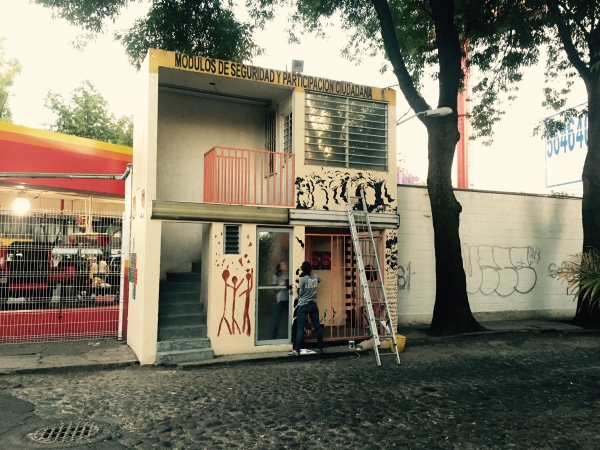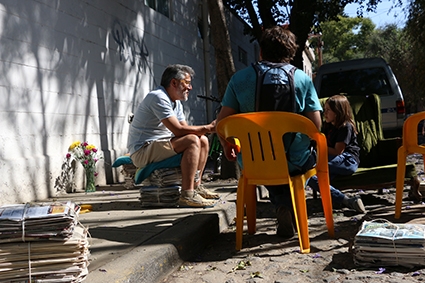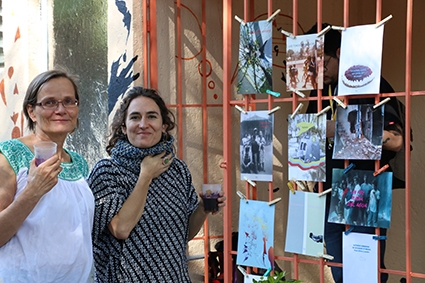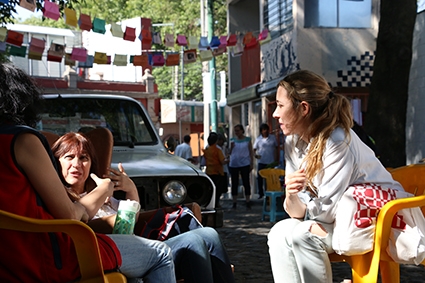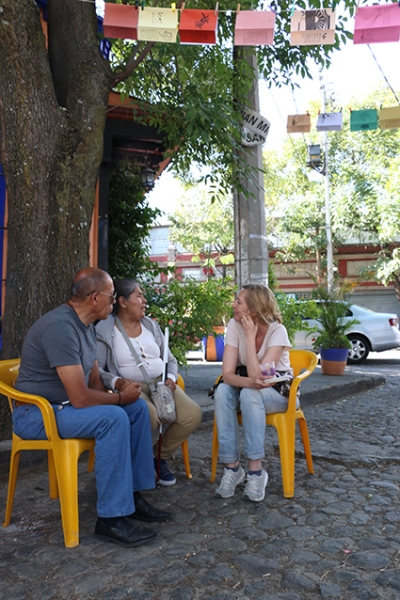It explores two streams of focus - the silenced voices of women caught in fascist periods,and the decision by the Spanish dictator Franco to have Spain synch time zones with Nazi Germany. Which both aesthetically and politically abandoned the internationally adopted Greenwich Mean Time (GMT) and mainly seen as a gesture of loyalty to Berlin (and a break with London).
Therefore, the exhibition “The Stolen Hour” explores decisions made in the past and how they continue to resonate in our present. To this end, the exhibition reflects on perceptual issues of what has been taken and never given back. What course corrections are needed, and the dialogue much needed to start this restoration, as perhaps a process of reconstruction.
-
Contra narratives, Exhibition Making, Notions of time
Therefore, the exhibition “The Stolen Hour” explores decisions made in the past and how they continue to resonate in our present. To this end, the exhibition reflects on perceptual issues of what has been taken and never given back. What course corrections are needed, and the dialogue much needed to start this restoration, as perhaps a process of reconstruction.
-
Contra narratives, Exhibition Making, Notions of time
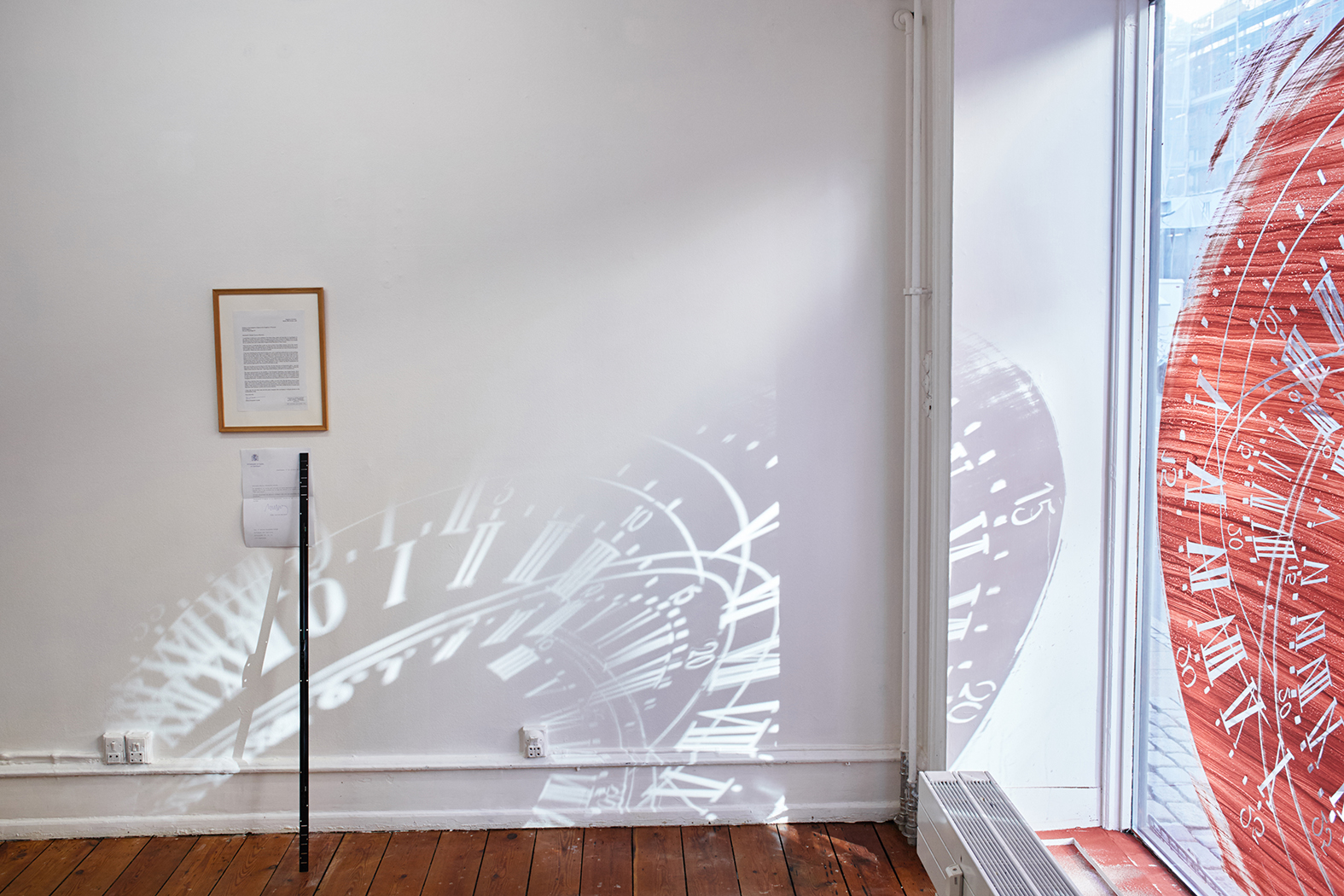


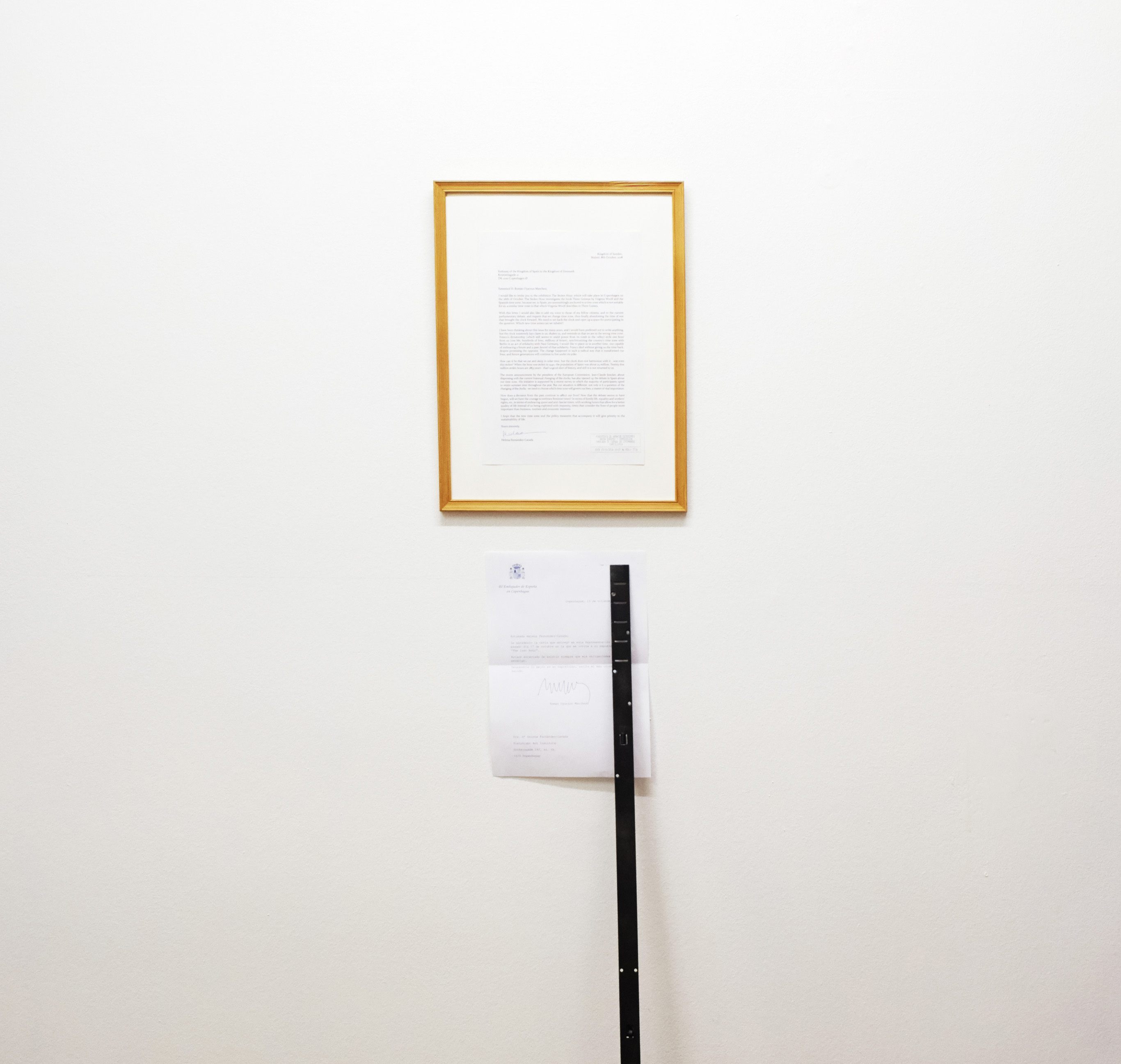

A conversation in 60 pages
Helena Fernández-Cavada in Conversation with María Berríos.
Digital print.
Soft cover.
60 pages.
24 x 18 cm.
Print on demand
2019
The edited correspondence and related visual material is presented in a limited edition artist book publication, and the reading open the conversation on the possibility of Spain having a new time zone. One of reclamation after the political and emotional reality of time lost under the Franco dictatorship, one where the current relativity of precarious time in democracy is re-imagined. The discussion will address questions such as how our private lives are affected by political systems of the past and the present, and how we can escape the fascist structures which are emerging—given that within democracy and its institutions a patriarchal relationship between the state and its citizens is still present.
The book was presented as part of the exhibition The stolen hour
-
Publication, Contra narratives, Notions of time
The book was presented as part of the exhibition The stolen hour
-
Publication, Contra narratives, Notions of time



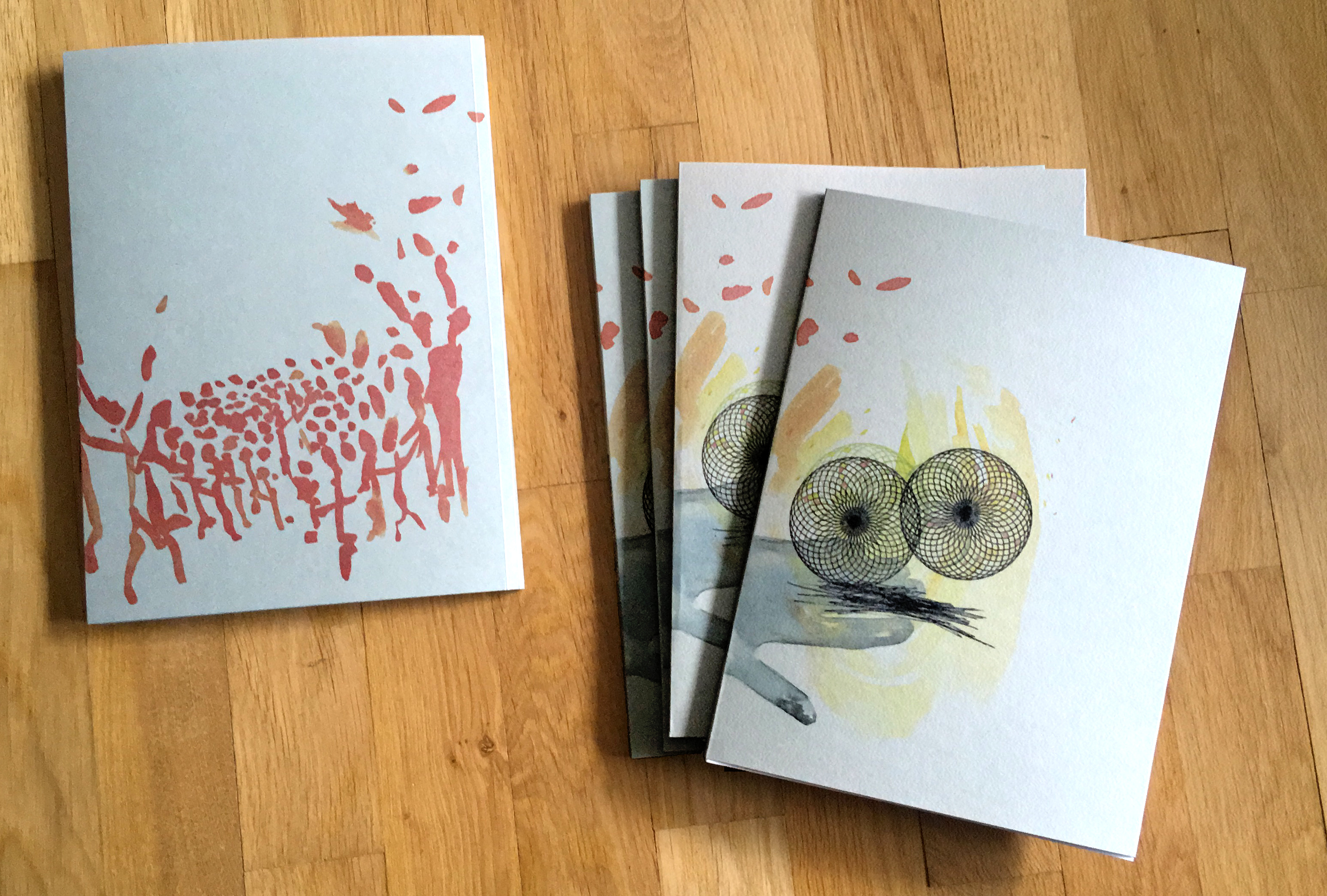
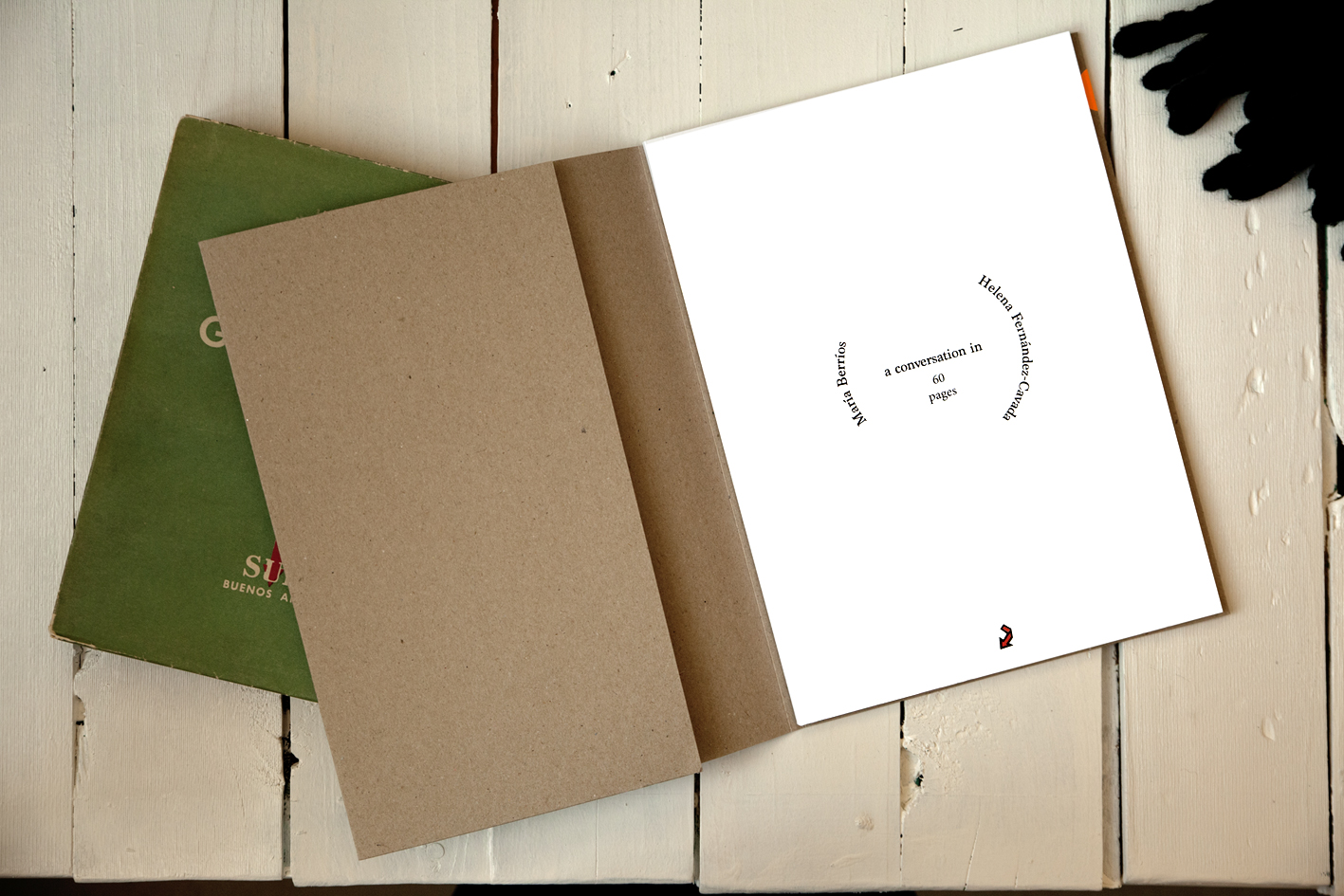
«What was forbidden in Spain during the dictatorship?»,
I ask my mother.
She answers:
«Living. And thinking».
These words are the starting point of an epistolary conversation brimming with confessions about our intimacy and daily life over different ages. After ten years of living abroad, this exchange is an attempt to grasp the various narratives that conditioned my upbringing, in a country where Catholic religion and Francoism were the official doctrine until a year before my birth. In this experimental correspondence we each use the language most familiar to us: I draw, she writes. Letters to my mother collects a total of nine letters whose strokes and marks draw unexpected relations.
-
Notions of time, Publication, Contranarratives
I ask my mother.
She answers:
«Living. And thinking».
These words are the starting point of an epistolary conversation brimming with confessions about our intimacy and daily life over different ages. After ten years of living abroad, this exchange is an attempt to grasp the various narratives that conditioned my upbringing, in a country where Catholic religion and Francoism were the official doctrine until a year before my birth. In this experimental correspondence we each use the language most familiar to us: I draw, she writes. Letters to my mother collects a total of nine letters whose strokes and marks draw unexpected relations.
-
Notions of time, Publication, Contranarratives







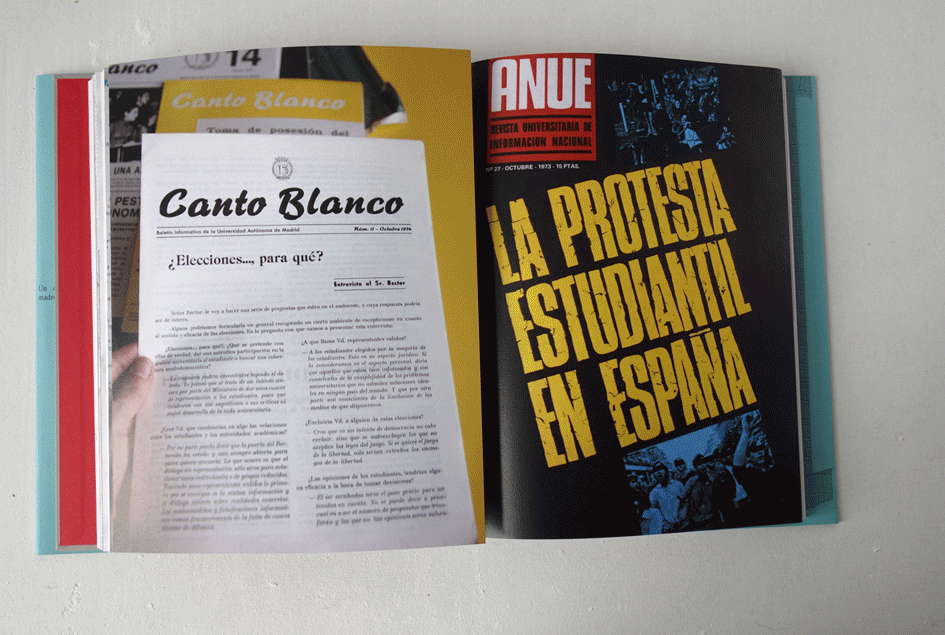
Kiosks of San Lucas neighborhood
In cooperation with Ana Álvarez and neighbors of San Lucas, Ciudad de México.
2017
Context
Public spaces are no longer habited, and street only serves as a way to go from a private space to another. This is the present tendency at Ciudad de México, a situation that implies an urban decay, not only of these public spaces, but of its residents’ quality of life.
Proposal
Transform these security and community participation modules of San Lucas into kiosks for the neighborhood with “walking books”. These walking books were people from the neighborhood and from some other districts of town, ready to share stories and knowledge, and open to be consulted by other neighbors and citizens.
-
Participatory, Contranarratives, Dialogue, Collaboration
Public spaces are no longer habited, and street only serves as a way to go from a private space to another. This is the present tendency at Ciudad de México, a situation that implies an urban decay, not only of these public spaces, but of its residents’ quality of life.
Proposal
Transform these security and community participation modules of San Lucas into kiosks for the neighborhood with “walking books”. These walking books were people from the neighborhood and from some other districts of town, ready to share stories and knowledge, and open to be consulted by other neighbors and citizens.
-
Participatory, Contranarratives, Dialogue, Collaboration

